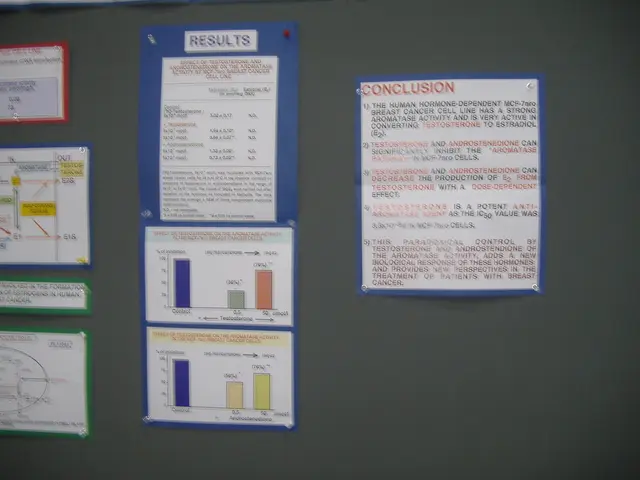Nuclear researchers suggest converting radioactive byproducts into less dangerous nuclear power source alternatives.
In a groundbreaking development, Terence Tarnowsky, a physicist at Los Alamos National Laboratory, has proposed a novel method for manufacturing tritium using nuclear waste stored in the United States. This discovery could potentially revolutionize the nuclear fusion industry.
Tritium, a crucial component in nuclear fusion reactions, is scarce and expensive. On the other hand, deuterium is abundant. However, Tarnowsky's research suggests that thousands of tons of nuclear waste produced by commercial nuclear power plants in the U.S. could be repurposed to create tritium.
Tarnowsky has conducted multiple computer simulations to evaluate the potential production and energy efficiency of tritium reactors. His research indicates that these reactors, which use a particle accelerator, could produce about 4.4 pounds of tritium per year. Given that the total tritium inventory on the planet is approximately 55 pounds, this method could significantly boost tritium production.
The energy needed to run these tritium reactors would be equivalent to the annual energy needs of about 800,000 U.S. homes. Despite this, Tarnowsky believes that the potential benefits outweigh the energy costs. He suggests that making it easier to produce tritium could help facilitate energy transitions, given that nuclear fusion produces less dangerous and shorter-lived radioactive waste compared to fission.
Tarnowsky plans on generating a dollar cost for tritium following more sophisticated calculations regarding the efficiency of the proposed tritium reactors. He will present his findings on this new method at the ACS fall meeting.
It's important to note that unlike the U.S., Canada currently has domestic capability to create tritium, which they produce as a by-product of their fission reactors.
Nuclear power plants generate energy through nuclear fission, using the heat it generates to power turbines and produce electricity. Fusion, on the other hand, is currently in the early stages of development and requires a rare, expensive form of hydrogen called tritium. Fusion creates energy by combining atomic nuclei, similar to how stars generate energy.
Tarnowsky's discovery could have significant implications for the nuclear fusion industry. If successful, it could make nuclear fusion more accessible and cost-effective, potentially accelerating the transition towards clean, sustainable energy sources.
Meanwhile, in a separate development, a second Wyoming airman has been accused of manslaughter after a fatal shooting. This incident is not related to the tritium research.
In conclusion, Terence Tarnowsky's research offers a promising solution to the tritium scarcity problem, which could pave the way for more widespread adoption of nuclear fusion as a clean, sustainable energy source. His findings will be presented at the ACS Fall 2025 conference held from August 17 to 21 in Washington D.C.
Read also:
- Trump's SNAP reductions and New York City Council's grocery delivery legislation: Problems for city residents highlighted
- Reducing dental expenses for elderlies in Sweden: Over 50% cut in charges for pensioners by the government
- Forty-year-old diet: A list of meal choices to savor
- Exiled Life's Conundrum: A Blend of Liberation, Disillusionment, and Distress







